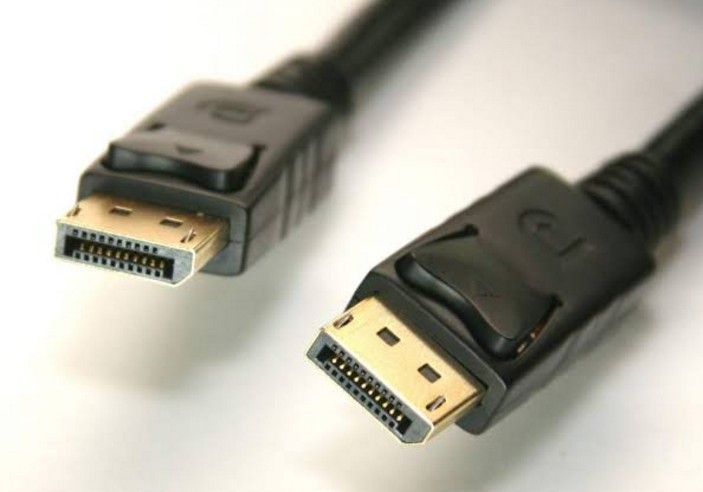


- #WHAT CABLES SUPPORT 4K AT 1440P 144HZ 1080P#
- #WHAT CABLES SUPPORT 4K AT 1440P 144HZ FULL#
- #WHAT CABLES SUPPORT 4K AT 1440P 144HZ TV#
Hertz (Hz) is the measure of how many times per second an image refreshes on your screen. Resolution is the number of pixels between the largest and smallest objects. If you’re sitting close to a 50-inch TV, then you may not notice much difference between 120 Hz and 60 Hz. If you are looking for something that will provide smooth gameplay and not much input lag, 1440p 144hz is your best option.Ī higher refresh rate will create a smoother image with less blurriness, but this depends on the size of your screen and how far away you are sitting from it.
#WHAT CABLES SUPPORT 4K AT 1440P 144HZ 1080P#
If you are looking for the best possible graphics, then 1080p 240hz is your best option. The answer to this question depends on the user’s preference and budget.īoth 1080p 240hz and 1440p 144hz monitors offer high refresh rates and high resolutions, so it is best to compare them based on other factors such as response time, panel type, and input lag. The difference in refresh rates is because 1440p 144hz has more pixels on the screen, which means there’s a lot more information to be updated. This means that the image on your screen will be a lot smoother and more fluid. The refresh rate of 1440p 144hz is a lot higher than 1080p 60hz. A higher refresh rate means smoother and more fluid motion on the screen.
#WHAT CABLES SUPPORT 4K AT 1440P 144HZ TV#
Refresh rate is the number of times per second that a TV screen is refreshed. The refresh rate of 1080p 240hz is 240 times per second. The 1440p 144hz monitor displays a lot of information in a small space, so they struggle with visibility in brightly lit environments due to glare from the screen. These two high-resolution and high-refresh screens give a lot of information for gamers to process. Adding to this problem is the 144Hz refresh rate.

#WHAT CABLES SUPPORT 4K AT 1440P 144HZ FULL#
The higher resolution will produce less strain on the eyes than 1080p due to its increased pixel density, while the higher refresh rate will eliminate screen tearing and stuttering to provide an unparalleled experience.Ĭons – The use of a QHD resolution, which is not the full 4K resolution, is an issue for many gamers. Pros – 1440p is a resolution that offers a large 2560×1440 pixel monitor with a refresh rate of 144hz, resulting in a smooth and fluid gaming experience. Pros and Cons of 1440p 144hz 1440p 144hz Monitor 240hz is also more expensive, which means that it may not be an option for everyone.

In these cases, 1080p 120hz can be a better fit. The features of this TV make them a great investment, especially for those who love to watch movies or play video games.Ĭons – 240hz provides a higher level of clarity and smoothness in motion, but it can struggle with other conditions like lower light or faster activity. It’s a higher resolution made possible by advances in LED technology, and it also turns out to be much better for you because it has a much faster refresh rate. Pros – 1080p 240Hz is a new technological revolution in the home entertainment industry. Pros and Cons of 1080p 240hz 1080p 240hz Monitor Since it has an aspect ratio of 16:9, it can display video content natively 16:9 without any letterboxing. One of the more popular resolutions is Full HD 1080p, which is very sharp due to its 1080 horizontal lines. Some of the most important things to consider are resolution, refresh rate, and panel type, which all have their advantages and disadvantages. There are many considerations for gamers when purchasing a monitor.


 0 kommentar(er)
0 kommentar(er)
